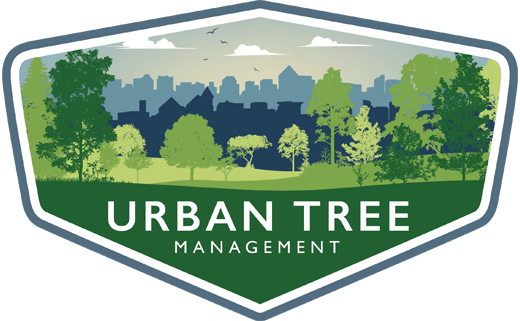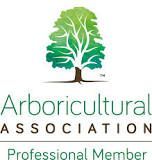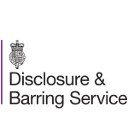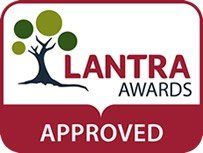Tree Inspection and Risk Assessments
Tree owners are legally responsible for managing the trees on their property to ensure they don’t pose any unacceptable risk.
This Duty of Care comes from the Occupiers’ Liability Acts of 1957 and 1984, requiring landowners or occupiers to keep their trees safe and reduce any potential danger to others.
We work across Greater Manchester, Lancashire, Cheshire, Merseyside, Cumbria, and nationwide, handling tree-related projects of all sizes.
Free Consultation
Fill in the from below and we'll be in touch to discuss your tree-related project or issue.
Arboricultural Surveying Services
Whatever your requirements, we have the expertise to conduct the appropriate tree assessment for you—whether a standard approach or one tailored to your specific needs, we will deliver what you require. The frequency and detail of a tree survey can range from a basic "walk-through survey" to an in-depth "individual tree survey."
We offer tree risk assessments and inspections using a systematic method, including specialist decay investigations, and create custom documents to meet the client's needs, whether for an individual tree or large populations across private estates, landowners, housing associations, schools, universities, facilities, and landscape management companies or multiple site owners.
Tree Surveys Digital Mapping
The survey data is compiled and recorded using state-of-the-art computerized tree management software, GPS (Global Positioning Systems), and GIS (Geographic Information Systems). This ensures trees are precisely mapped, and all data is methodically documented to produce clear, geo-referenced maps and tree location plans, as well as detailed tree management reports with recommendations. This allows our clients to maintain comprehensive tree records for strategic planning and efficient data management.
Professional Tree Surveyors
Our consultants and associates who carry out visual tree assessments (VTA) and inspections are PTI Qualified and academically qualified to Level 6 Diploma in Arboriculture and Professional Members of the Arboricultural Association.
QTRA Registered users are authorized to conduct tree risk assessments and possess an Enhanced DBS checked to work within educational and healthcare institutions.
Tree Assessments
Although tree-related fatalities are very rare, tree owners have a legal responsibility and ‘duty of care’ to ensure their trees do not pose an unacceptable risk.
Tree Risk Surveys
Tree Risk Assessment Explained:
- Tree risk assessment is a systematic process to identify, analyze and evaluate tree risk.
- Risk evaluation is the process of comparing the assessed risk against given criteria to determine the significance of the risk.
- Risk is evaluated by categorizing or quantifying both the likelihood/probability of occurrence and the severity of consequences.
- The risk can then be categorized or calculated and compared to tolerances to determine if the risk is acceptable.
Tree Condition Survey
Trees in low-risk areas may still require condition assessments to inform management decisions. For instance, a landowner might notice a large garden tree with a suddenly sparse canopy and wish to understand the cause, as well as the available management options.
Proactive tree management contributes to a sustainable and healthy tree population, which is advantageous for everyone.
Internal Decay Detection
Learn MoreDecay is a natural process that doesn't always indicate an unhealthy tree. However, the extent and type of decay, along with its location, can compromise the tree's structural integrity.
After an initial assessment, if decay-causing organisms are suspected, further internal examinations may be necessary. We have various tools at our disposal for assessing internal decay, such as the IML Resistograph and Sonic Tomography. These instruments help gauge the severity of decay, providing insights that guide us in applying the latest industry best practices for the most suitable corrective measures. Through data analysis, we can develop a work specification to mitigate the risk of failure, if necessary.
Ariel Tree Assessments
Typically, our tree inspection work is conducted from ground level. However, detailed aerial inspections are carried out when necessary. Such inspections are commissioned when issues like decay, large wounds, cavities, or splits are identified but cannot be adequately assessed from the ground.
We undertake professional tree inspections and tree assessments in Greater Manchester, Cheshire, Lancashire, Merseyside and nationally for various clients.
Before we can head out to your site and conduct a tree survey, we’ll need to ask you a few critical questions about your project. Fill out our quick and easy online form so we can capture the most important project information and provide you with a free quote that includes everything you need to know.
Simple, Tree Inspection Quotes. Tree Surveyors who can help with your project
Whatever your tree concerns, call us to talk through your options or fill in our form.




